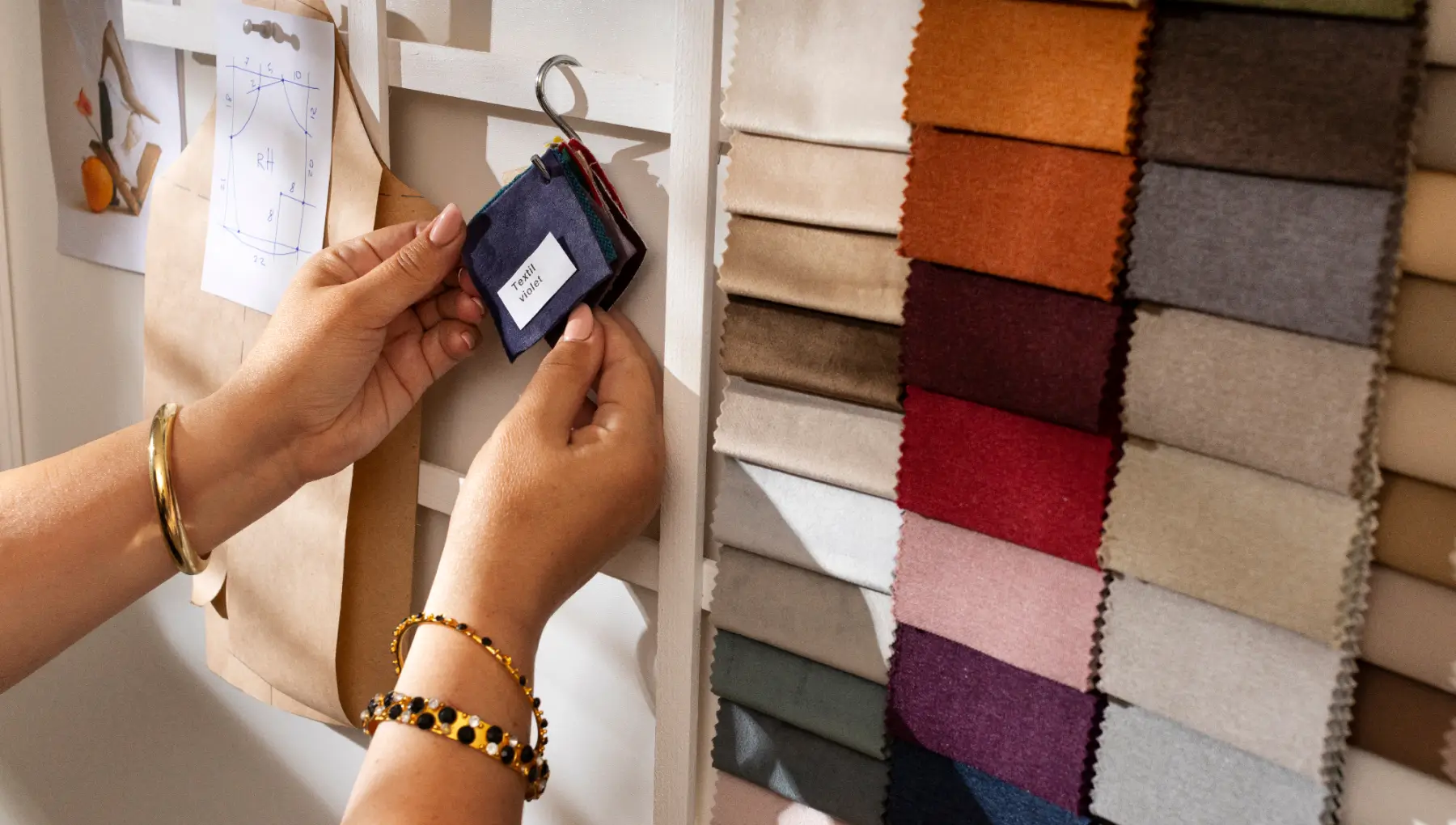Textiles Lead the Way During the Pandemic
When the COVID-19 pandemic brought the world to a standstill, one industry emerged as a silent yet vital contributor in the fight against the global crisis: the textile industry. Often associated with fashion and furnishings, textiles quickly pivoted from runways to frontlines, showcasing its adaptability, innovation, and resilience in a time of unprecedented need.
A Rapid Response to Global Shortages
As the demand for personal protective equipment (PPE) soared, traditional manufacturers struggled to keep pace. Textile companies, both large and small, stepped in to bridge the gap. Factories that once produced apparel swiftly transitioned to manufacturing face masks, gowns, and protective suits. From high-performance medical textiles to everyday cloth masks, the industry demonstrated its ability to retool and repurpose resources under pressure.
Major fashion brands repurposed their production lines to create masks and protective gear, donating millions of items to healthcare workers and vulnerable communities. Meanwhile, smaller textile startups developed innovative solutions using antimicrobial fabrics, breathable materials, and reusable designs to reduce waste and provide long-term protection.
Innovation in Action
Necessity proved to be the mother of invention during the pandemic. Textile engineers and researchers collaborated with healthcare professionals to design new materials that combined comfort, safety, and sustainability. Smart textiles — fabrics embedded with sensors and advanced coatings — became part of experimental projects for monitoring vital signs and detecting early symptoms.
Moreover, the development of antiviral fabrics marked a significant leap in textile technology. These fabrics, treated with special coatings, could neutralize viruses upon contact, providing an extra layer of safety for frontline workers and everyday users alike.
Sustainability Amid Crisis
While the pandemic posed immense challenges, it also accelerated a long-overdue conversation around sustainability in textiles. The surge in single-use PPE raised concerns about environmental impact, prompting a shift toward reusable and recyclable materials. Many companies began exploring eco-friendly alternatives such as organic cotton, bamboo fibers, and biodegradable synthetics.
This shift also encouraged circular design principles, with brands looking to create textiles that could be reused, repurposed, or safely decomposed, even in a crisis scenario.
Empowering Communities
Beyond health and safety, textiles played a crucial role in economic resilience. In many developing countries, the textile industry is a cornerstone of employment. By adapting quickly, textile manufacturers helped preserve jobs and livelihoods, even as global trade slowed down. Community-led initiatives and cottage industries also contributed by producing handmade masks and garments, fostering local economies and mutual aid networks.
A Lasting Legacy
The pandemic spotlighted the often-overlooked capabilities of the textile sector. It showed the world that textiles are more than just fabric — they are tools of protection, symbols of solidarity, and platforms for innovation.
As the world emerges from the shadow of COVID-19, the contributions of the textile industry will not be forgotten. Its rapid response, creativity, and commitment to serving public health have earned it a central role in discussions about preparedness for future crises.
In times of uncertainty, textiles led the way — not just in what we wore, but in how we adapted, protected, and persevered.


